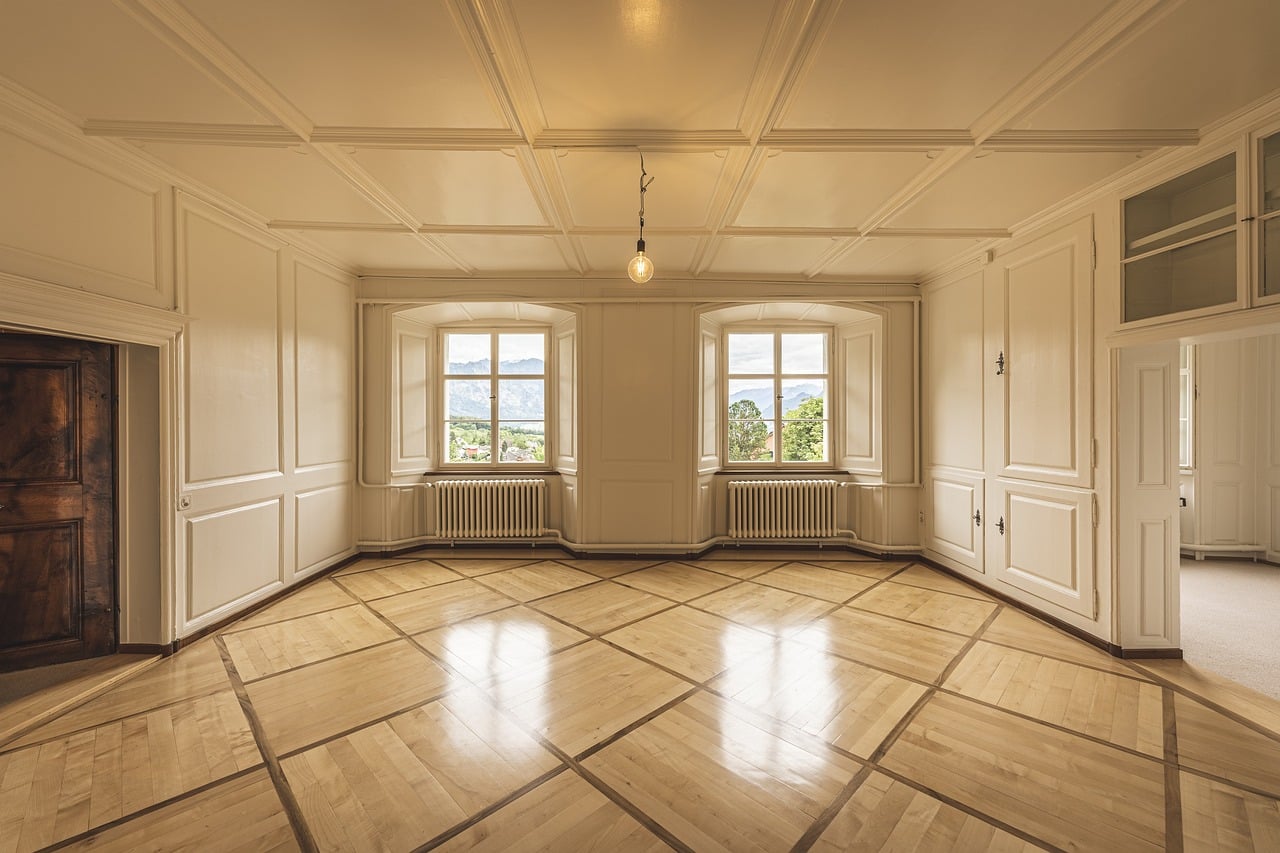When it comes to transforming your basement into a craft room, you have to consider one of the most critical aspects: waterproofing. Basements are susceptible to moisture and water damage due to their location below ground level. This vulnerability can be exacerbated during times of seasonal flooding. If you want to protect your craft room — and everything inside it — from water damage, a waterproofing project is necessary.
Waterproofing is not just about preventing visible leaks; it extends to controlling humidity levels and safeguarding the integrity of your house’s foundation. In this article, we’ll explore the best strategies and tips for waterproofing a basement craft room against seasonal flooding. We’ll delve into different waterproofing methods, the importance of moisture control, and key elements such as wall, flooring, and lighting considerations.
This might interest you : How to Optimize Corner Spaces with Custom Shelving in a Tiny Kitchen?
Assess the Situation
Before diving into the project, it’s crucial to assess the current state of your basement. Check for visible signs of water damage such as discolored walls or flooring, damp spots, or a musty smell. These may indicate the presence of moisture or past flooding.
Additionally, consider the house’s foundation and wall structure. Is your basement made of concrete, or does it have a stone foundation? Both types will have different waterproofing requirements. You should also consider your geographical area’s susceptibility to flooding. This information will help you determine the extent of the waterproofing measures needed.
Topic to read : What’s the Best Way to Craft a Handmade Potting Bench for a Green Thumb’s Urban Balcony?
Waterproofing Methods
Now that you’ve assessed your basement’s current state, let’s look into the different waterproofing methods available. The first line of defense against water seepage is often a combination of sealing, drainage, and moisture control.
Among the most common methods is the application of a waterproof sealant on the concrete walls and floor of the basement. This sealant acts as a barrier, preventing water from seeping into the room. However, this might not be enough if your basement has significant moisture issues or experiences substantial seasonal flooding.
In such cases, installing a drainage system might be necessary. This can involve a sump pump that collects water and expels it outside the house. Alternatively, French drains can be installed around the perimeter of the house to divert water away from the foundation.
Remember, while these methods can be effective, they might not address the root cause of the problem. Therefore, it’s advisable to seek professional help from companies like AdvantaClean for a comprehensive approach to basement waterproofing.
Controlling Moisture Levels
While waterproofing methods can keep water out, they may not fully control the moisture levels in the basement. Moisture can still enter the room through condensation or humidity, potentially damaging your craft materials and furniture.
Therefore, controlling moisture levels is a vital part of the waterproofing process. This can be achieved through the use of dehumidifiers, which lower the humidity levels of a room by drawing excess moisture out of the air.
Moreover, good ventilation can also aid in controlling moisture. This can be achieved through the installation of exhaust fans or vents, or simply by regularly airing out the room.
Considerations for Walls, Flooring and Lighting
The materials you choose for your walls, flooring, and lighting also play a significant role in keeping your basement craft room dry and safe from water damage.
For the walls, consider using water-resistant materials like cement board or greenboard. These materials do not absorb water and can therefore help prevent moisture from seeping into the room.
For flooring, consider using vinyl, tile, or concrete. These materials are water-resistant and easy to clean in case of a flood. Additionally, you can use rugs or mats in high-traffic areas to add comfort without the risk of water damage.
To keep your basement well-lit, opt for waterproof lighting fixtures. LED lights are a great option because they don’t generate much heat, reducing the likelihood of condensation.
Regular Maintenance and Repair
Once your basement craft room is waterproofed, regular maintenance and repair will ensure it stays that way. Keep an eye on the room for signs of water or moisture damage. Test your sump pump regularly to ensure it’s working properly.
Remember that waterproofing is not a one-time solution. It requires ongoing commitment to ensure that your craft room remains a safe, dry, and comfortable space for you to enjoy your creative pursuits, regardless of the season.
Overall, waterproofing your basement craft room involves a mix of different strategies. It requires assessing your space, applying waterproofing methods, controlling moisture levels, choosing appropriate materials, and maintaining the room regularly. Water damage can be disastrous, but a well-executed waterproofing project will protect your craft room and provide peace of mind.
Optimizing your Basement for Efficient Use
Transforming your basement into a craft room means making the most efficient use of the available space. This requires careful planning and consideration of various factors. Let’s take a look at some of the ways you can optimize your basement and turn it into a thriving creative space.
Firstly, consider the AdvantaClean category. This involves determining the specific waterproofing services you need from professional providers like AdvantaClean. They offer comprehensive waterproofing solutions that can help in finishing your basement, by providing services like mold removal, water damage restoration, and air duct cleaning.
Next, think about storage solutions. Incorporate built-in shelves, cabinets, and storage units to store your craft materials effectively. If your basement serves multiple functions, such as a laundry room or living space, consider partitioning it to create dedicated areas for each activity.
The type of flooring is another crucial aspect. To combat potential water damage, consider adding a concrete floor or a moisture barrier on the existing floor. These surfaces are easy to clean, and they can withstand flooding without sustaining significant damage.
Consider the crawl space as well. If your basement includes a crawl space, make sure it’s adequately ventilated and insulated to prevent mold growth and water seepage. You can also consider crawl space encapsulation, a process that involves sealing the area with a vapor barrier to keep moisture out.
Lastly, don’t forget to adhere to the building codes in your area. It’s vital to get the necessary permits and inspections to ensure your basement craft room is safe and compliant with local regulations.
In Conclusion
Creating a craft room in your basement is an excellent way to maximize your living space. However, it’s crucial to prioritize waterproofing to protect your room from water damage, especially during seasonal flooding. From assessing the situation and applying waterproofing methods, to controlling moisture levels and picking water-resistant materials, each step is important in ensuring a dry, safe, and comfortable room.
Professional companies like AdvantaClean can provide comprehensive solutions to your waterproofing needs, helping you finish your basement and transform it into a beautiful, functional craft room. Regular maintenance, repair, and vigilance will ensure the longevity of your waterproofing efforts.
Moreover, optimizing the room layout, finding creative storage solutions, considering the type of flooring, and adhering to building codes are also essential parts of the process.
In conclusion, the process of waterproofing your basement and turning it into a craft room may seem daunting, but with careful planning and professional help, you can create a space that enhances your home and your life. Your craft room can be a place of creativity, tranquility, and inspiration for many years to come, making the investment in waterproofing well worth it.











